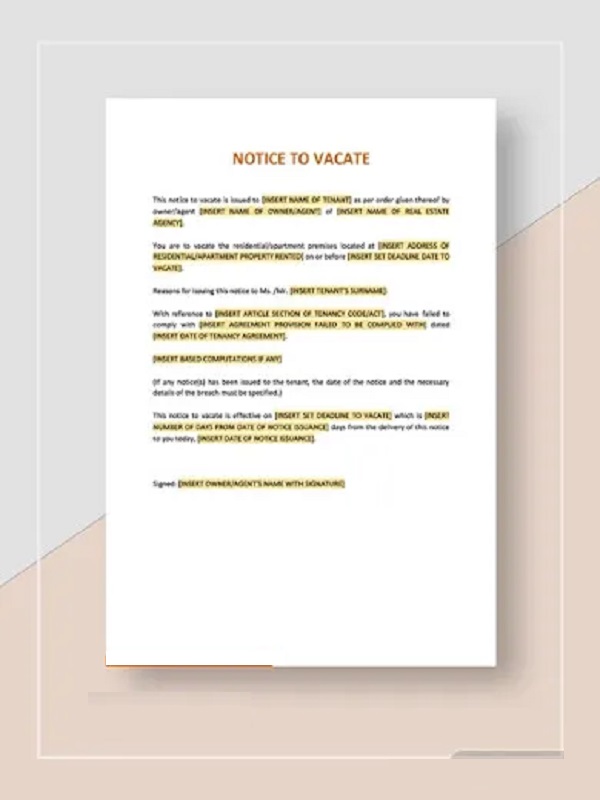Understanding Constructive Notice in Real Estate: Legal Protection & Practical Guidance

What Is Constructive Notice in Real Estate?
Constructive notice is a fundamental legal concept in real estate that requires parties to be aware of publicly available and recorded information about a property, regardless of their actual knowledge. When key documents-such as deeds, liens, or leases-are properly filed with a governmental agency like the county recorder’s office, they become part of the public record. This means every individual involved in a transaction is legally presumed to know the contents and implications of those records, even if they never personally reviewed them [1] [2] [3] .
Why Does Constructive Notice Matter?
Constructive notice plays a vital role in protecting the rights of property owners, buyers, sellers, and creditors. It promotes transparency in real estate transactions and minimizes legal surprises. For example, if a mortgage or lien is recorded against a property, any subsequent buyer cannot claim ignorance about it after purchase. This legal protection extends to all parties who rely on public records for evidence of ownership, encumbrances, and other interests [2] .
How Does Constructive Notice Work?
The doctrine of constructive notice arises from the presumption of law that information made available to the public-through official channels or publications-has been received by all concerned parties. Examples include:
- Recorded Deeds: Once a deed is filed with the county recorder’s office, anyone who later purchases or deals with that property is assumed to know what the deed says [3] .
- Liens & Mortgages: Recorded encumbrances are visible to anyone who searches public records and must be respected by future buyers [1] .
- Leases & Rights of Possession: If a lease agreement is publicly filed, new owners must honor its terms until expiration [2] .
- Possession of Property: Sometimes, actual possession itself can serve as constructive notice that the person in possession has an interest in the property [5] .
Real-World Examples of Constructive Notice
Consider a scenario where a homeowner sells their property, but there is a recorded lien from a previous contractor. If the new buyer fails to check the public records and discovers the lien later, they are still responsible for it. Another example involves rental properties: A landlord purchases a rental home with a lease agreement recorded in public documents. The new owner must honor the lease terms, even if they were unaware at the time of purchase [2] .
Constructive Notice vs. Actual Notice
It is important to distinguish between constructive notice and actual notice :
- Actual Notice: Occurs when a party is directly informed of facts or documents affecting a property, such as receiving a certified letter or being told in person [4] .
- Constructive Notice: Involves legal presumption of knowledge derived from public records, regardless of direct communication [1] .
This distinction matters when disputes arise, as courts rely on the principle that parties cannot avoid obligations that were disclosed through official channels.
How to Protect Yourself: Practical Steps for Buyers & Sellers
To avoid costly surprises and legal complications, engage in these best practices:
- Conduct a Title Search: Before closing on any property, request a comprehensive title search through a licensed title company or real estate attorney. This search will reveal any recorded deeds, liens, encumbrances, or other interests affecting the property [1] .
- Review County Land Records: Visit your local county recorder’s office or their official website to access public records. Many counties offer searchable online databases of real estate documents. Search by property address, owner name, or parcel number.
- Consult Legal Professionals: For complex transactions, consult with a real estate attorney. They are trained to identify potential risks and ensure all documents have been properly recorded.
- Check for Possession and Encumbrances: If someone is occupying the property, verify their legal interest through recorded leases or agreements. Possession itself can be constructive notice of an interest [5] .
- Verify Newspaper Publications: In some jurisdictions, legal notices are published in local newspapers. Check these sources for pending legal actions or claims against the property.
If you are unsure where to begin, contact your local county recorder’s office or visit their official website. Many counties provide step-by-step guides for searching public records. You can also search for your state’s official Department of Real Estate or similar regulatory agency for additional resources.
Challenges and Solutions
Potential Challenges:
- Incomplete records or errors in public filings can create confusion. If documents are missing or misfiled, legal disputes may arise.
- Not all jurisdictions have digitized their records, requiring in-person visits to government offices.
- Legal language in recorded documents may be difficult to interpret for laypersons.
Solutions:
- Hire a licensed title company for professional title searches and insurance.
- Consult with a real estate attorney for interpretation and guidance.
- Request certified copies of all recorded documents related to your transaction.
Alternative Approaches for Due Diligence
While constructive notice relies on public records, additional due diligence includes:

Source: resimpli.com
- Direct communication with sellers and previous owners about known encumbrances.
- Reviewing tax records and zoning maps for additional property information.
- Requesting affidavits from sellers regarding the absence of undisclosed interests or claims.
Combining these strategies with a thorough review of public records offers the strongest protection against hidden issues.

Source: staralo.com
Key Takeaways
- Constructive notice ensures legal accountability for parties involved in real estate transactions, regardless of their actual awareness of recorded information.
- Protect your interests by conducting comprehensive title searches, reviewing public records, and consulting professionals.
- When in doubt, seek guidance from your local county recorder’s office or a real estate attorney for step-by-step instructions on accessing public records.
References
- [1] Brown Law PLLC (2025). Constructive Notice in Real Estate Transactions.
- [2] NJLux (2025). What Is Constructive Notice In Real Estate?
- [3] Study.com. Actual & Constructive Notice in Real Estate.
- [4] Cornell Law School Wex (2022). Constructive Notice.
- [5] Real Estate Definition. Constructive Notice.






